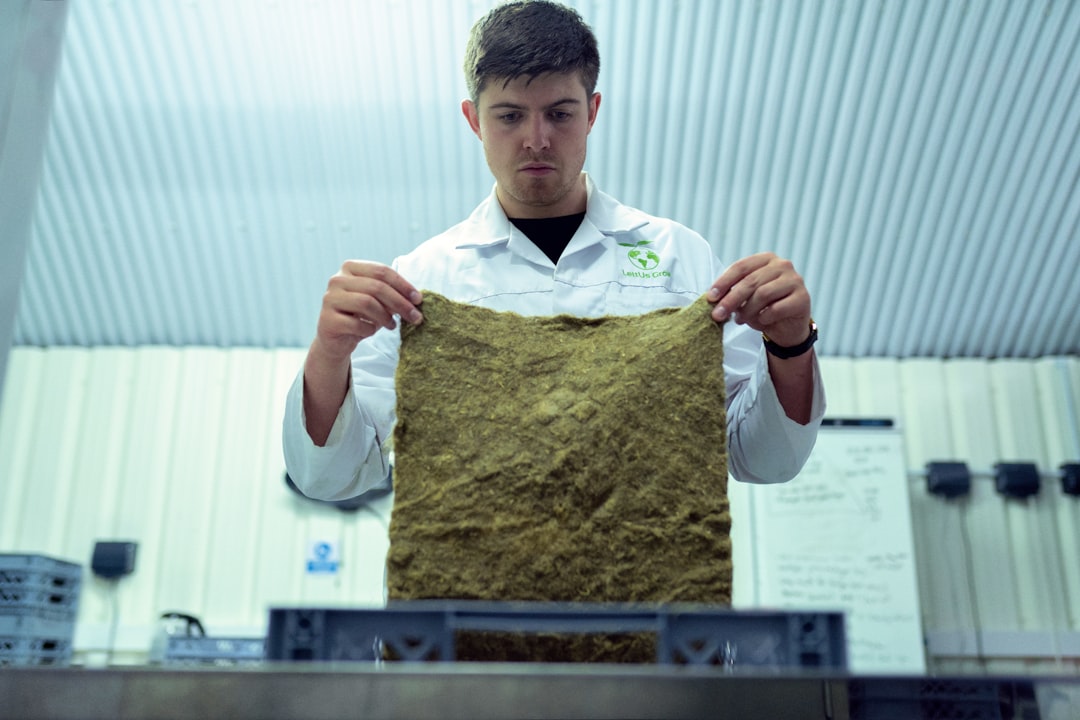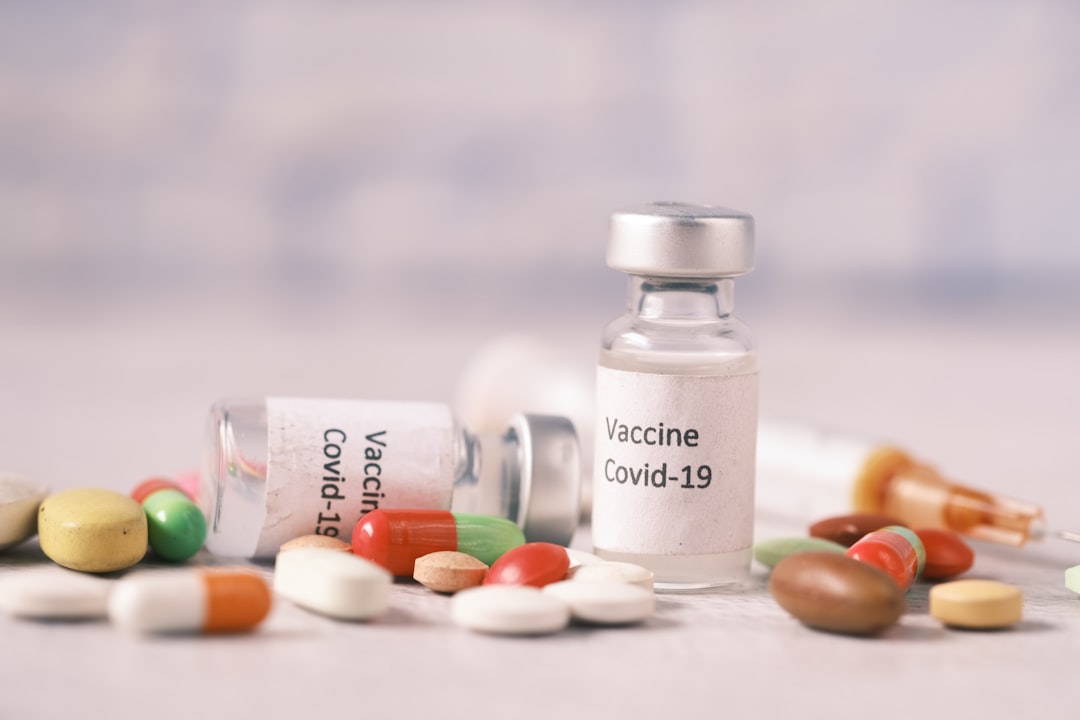
There is an increasing need for clean water because of the growing population. However, the amount of clean water is decreasing due to poor water resource management. Several textile industry processes result in waste. Color, alkalinity, high TSS, high BOD, and some dyes are known to contain chromium elements and are all common characteristics of liquid waste produced by the textile industry. The goal of this study was to assess the performance of textile waste treatment units in Pringsurat Subdistrict, Magelang Regency, Central Java Province, as part of an effort to reduce river water pollution. Quantitative and qualitative methods were used including through surveys and mapping. Groundwater flow maps, and river water and wastewater levels of BOD, COD, TSS, phenol, chromium, ammonia, and sulfide were used as primary data. Unpleasant odors and discoloration of the river were observed. It is recommended that, to reduce the impact of the wastewater, a constructed wetland with a combination of two types of plants, Iris pseudacorus and Thypa angustifolia, should be used.
Keywords: Pollution Control, River Pollution, Textile Industry, Wastewater treatment, and Wetland



